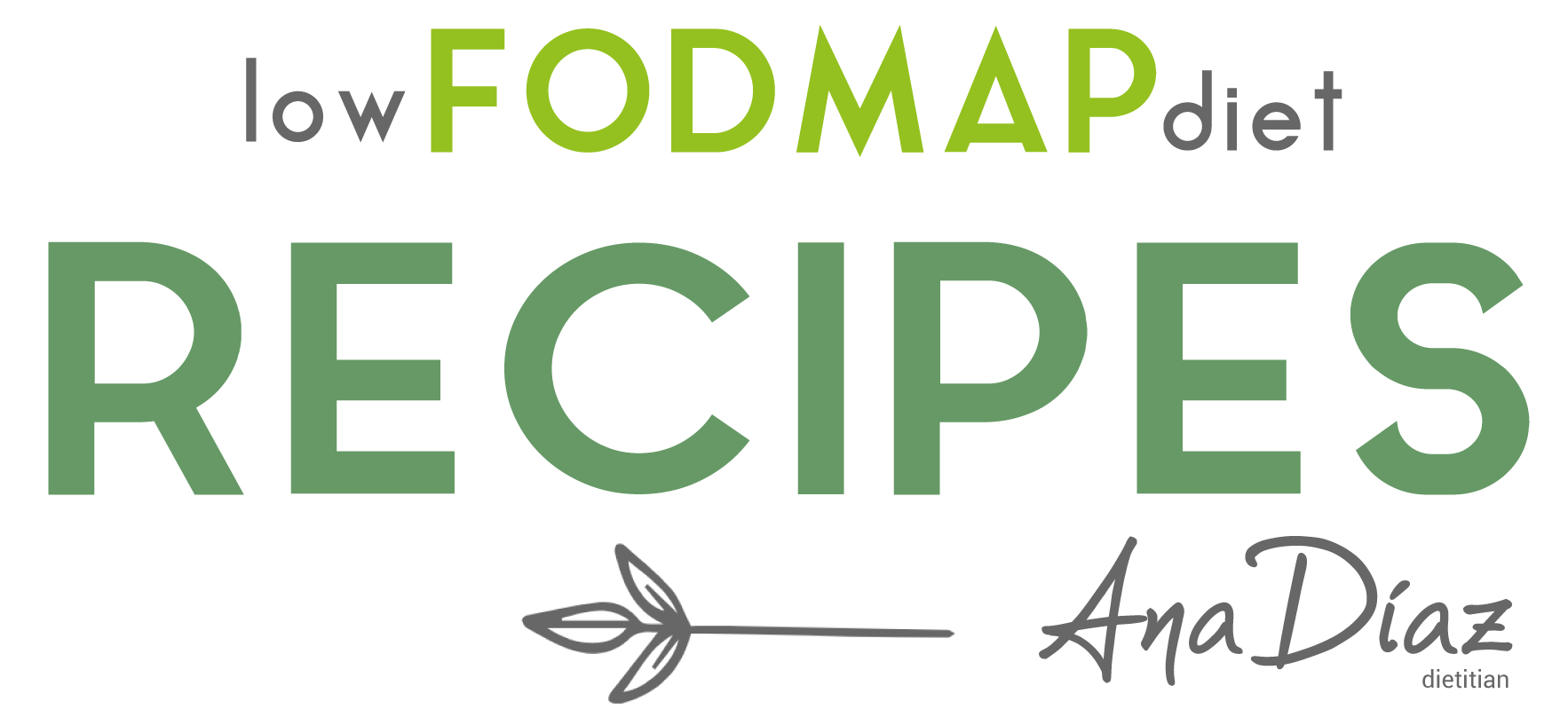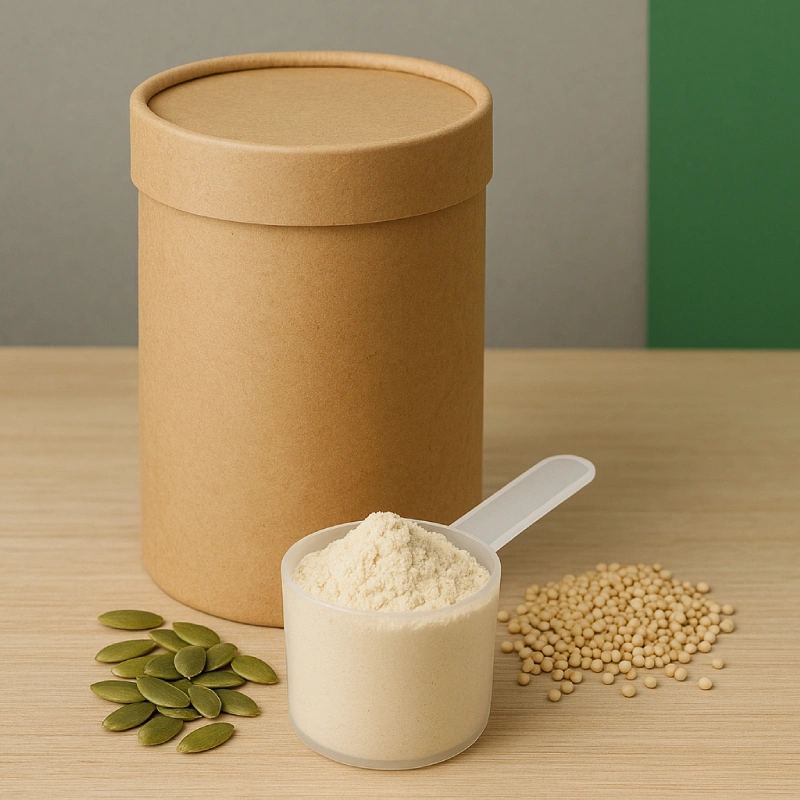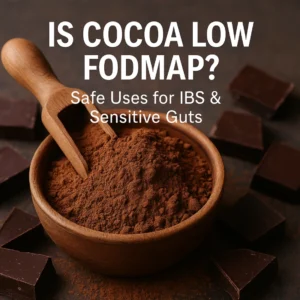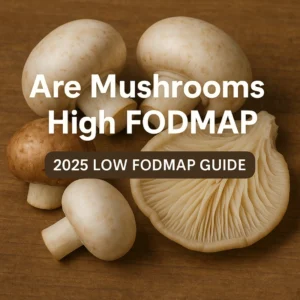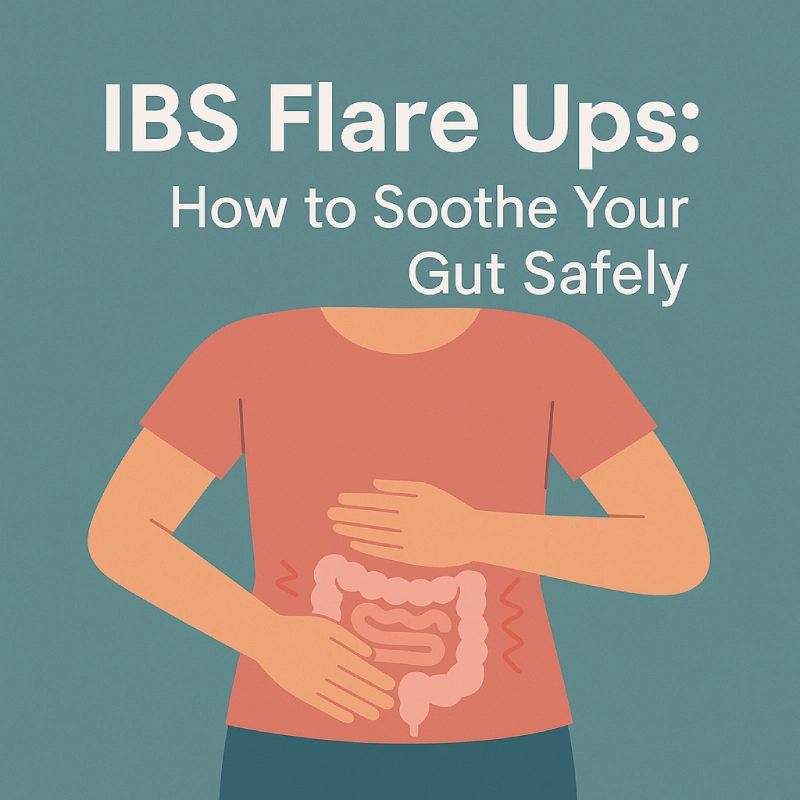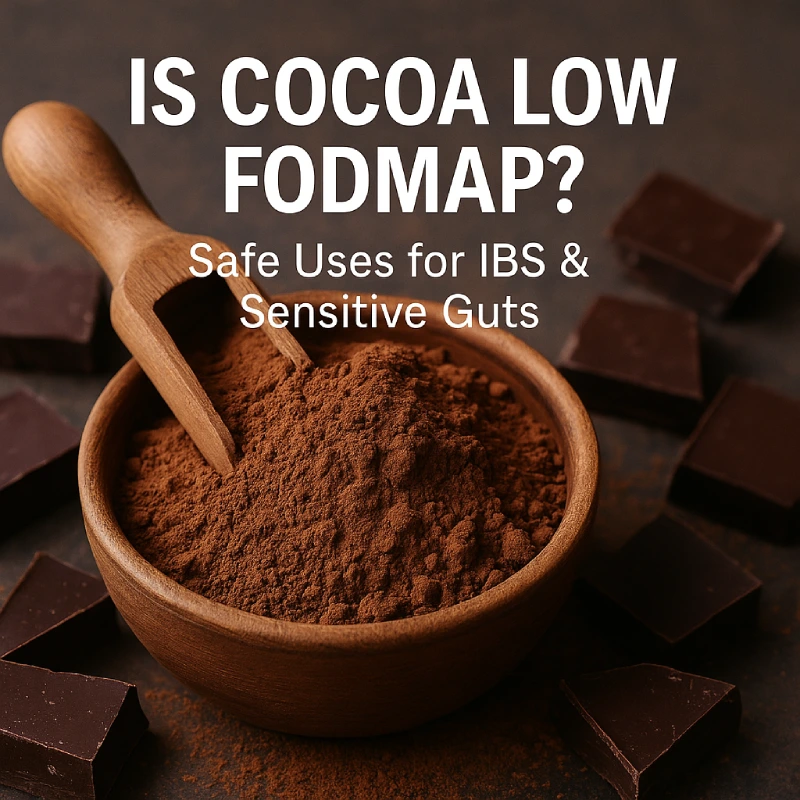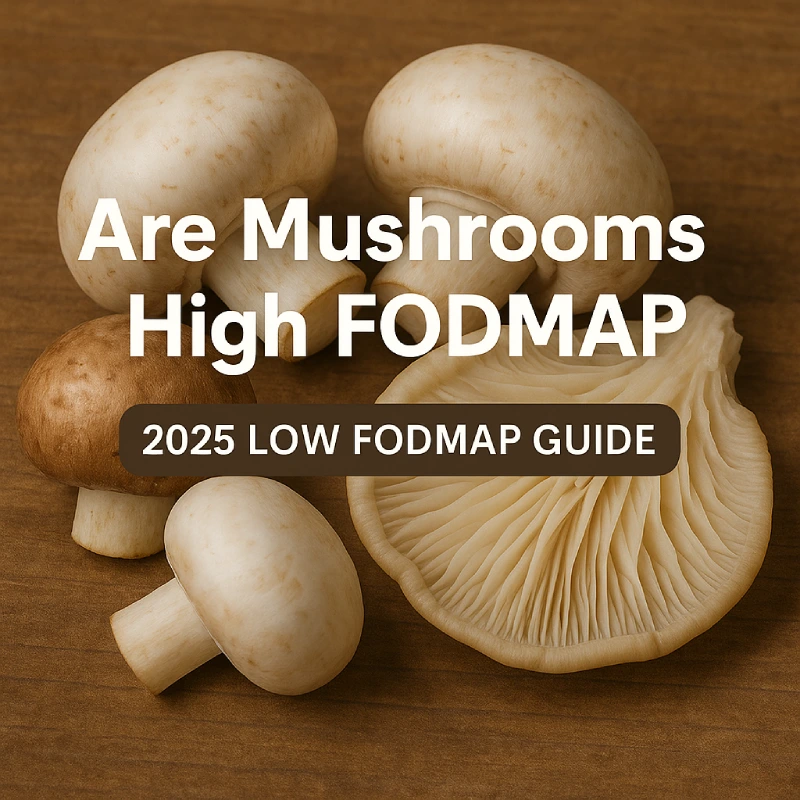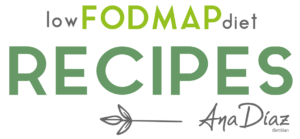Protein powders can be a helpful way to meet your nutritional needs, especially on a plant-based diet. But for people with IBS or SIBO following a low FODMAP diet, choosing the right protein powder can feel like walking a tightrope.
If you eat vegan and live with digestive sensitivity, the options can feel limited. Many whole food protein sources like lentils, beans, and soy are high in FODMAPs. While omnivores can often rely on eggs, chicken, or fish, vegans must be more selective.
Let’s explore how to find the best vegan protein powder for a low FODMAP diet, without sacrificing your comfort or wellbeing.
Table of Contents
What Makes a Protein Powder Low FODMAP?
Not all protein powders are created equal, and what makes one low FODMAP often comes down to ingredients and serving size. Even a safe ingredient can become high FODMAP if consumed in excess.
Watch the Serving Size
Monash University has shown that FODMAP content is dose-dependent. A small serve might be tolerated, while a larger one triggers symptoms. Always start small, and assess how you feel.
Common High FODMAP Ingredients
Avoid powders containing:
- Inulin, chicory root, Jerusalem artichoke (added fibres that are high in FODMAPs)
- Pea protein isolate (often high in galacto-oligosaccharides or GOS)
- Soy protein concentrate (unless specified as low FODMAP or Monash-certified)
Sweeteners and Flavours to Watch For
- Sugar alcohols like sorbitol, xylitol, erythritol, and mannitol can upset sensitive guts
- Natural flavours can be vague; look for transparency in ingredients
Vegan Protein Sources: What Works and What Doesn’t
According to Monash University and clinical practice insights, here are the protein sources most likely to be gut-friendly:
Safe or Likely Low FODMAP
- Rice protein: low FODMAP and hypoallergenic
- Hemp protein: low FODMAP in small serves (up to 20g)
- Pumpkin seed protein: nutrient-rich and usually well tolerated
- Quinoa protein: a complete amino acid profile, and typically gut-friendly
Problematic or High FODMAP
- Pea protein isolate: commonly high in GOS, even in small amounts
- Soy protein from whole beans: often not tolerated
- Blends with inulin, stevia, or chicory root: can cause bloating and discomfort
Best Vegan Protein Powders for a Low FODMAP Diet
Here are a few options considered safe based on Monash certification or ingredient analysis:
1. Naked Rice Protein
- 100% rice protein isolate
- No additives, flavours, or sweeteners
- Simple and well tolerated
2. Sunwarrior Classic Protein (Rice-based)
- Based on whole grain brown rice
- No stevia or inulin
- Mild taste and smooth texture
3. Ora Organic So Lean & So Clean (Unflavoured)
- Blend of quinoa, pumpkin, and rice protein
- No gums or sugar alcohols in the unflavoured version
- Check individual ingredient list, as flavoured options may vary
4. Botanica Perfect Protein (Unflavoured)
- Mix of organic rice, quinoa, and coconut protein
- Free from artificial sweeteners and gums
- Consider starting with a half-serve
Always double-check ingredients as formulations change. Look for those that are low FODMAP certified or recommended by a dietitian.
Tips for Choosing a Safe Vegan Protein Powder
Choosing a protein powder can be empowering when you know what to look for:
How to Read the Label
- Prioritise single-source proteins (e.g., rice or hemp)
- Avoid long ingredient lists with unfamiliar gums or fibres
- Choose unsweetened or naturally sweetened options (e.g., maple syrup if needed)
How to Test Tolerance
- Start with 1/2 serving and increase slowly
- Mix into smoothies or porridge to dilute concentration
- Track your response in a food and symptom journal
When to Avoid Protein Powders
- If you react to even low FODMAP options
- If your symptoms are flaring or undiagnosed
- During the early phase of elimination unless needed. If needed, make sure you use products with verified low FODMAP ingredients and start with a small dose (1/2 of the recommended). Keep a symptom journal to identify potential issues as early as possible.
What If I’m Not Vegan? (Quick Note for Omnivores)
If you’re not fully plant-based, there are more low FODMAP protein options available:
- Whey protein isolate is often well tolerated, as it contains minimal lactose
- Eggs, fish, chicken, turkey, and tofu (firm, drained) are generally safe in moderate serves
- These can offer more variety while still supporting gut health
Conclusion: Personalised Tolerance Is Key
Living with IBS doesn’t mean giving up on optimal nutrition. It just means listening more closely to your body, one choice at a time.
A well-chosen vegan protein powder low FODMAP can be a supportive part of your routine. Just remember: the “best protein powder for IBS” is the one that works for you.
If you’re still unsure, I invite you to reach out. I’m here to help you find nourishing habits that feel good, calm your digestion, and support your plant-based lifestyle.
Looking for tailored support? Book a free discovery call and let’s talk about what works for your body.
FAQs About Vegan Protein Powder and a Low FODMAP Diet
Is vegan protein powder low FODMAP?
Some vegan protein powders are low FODMAP, especially those made from rice, hemp, pumpkin seed, or quinoa. Always check the ingredient list for high FODMAP additives like inulin, pea protein isolate, or sugar alcohols.
Is pea protein low FODMAP?
Pea protein is generally considered high FODMAP due to its galacto-oligosaccharide (GOS) content. Some individuals may tolerate small amounts, but it’s often best avoided during the elimination phase.
What’s the best protein powder for IBS on a vegan diet?
Monash-approved or simple single-ingredient powders such as rice, hemp, or pumpkin seed are ideal for people with IBS. Brands without gums, artificial sweeteners, or added fibre are usually safest.
How much vegan protein powder can I use on a low FODMAP diet?
Start with ½ a serving and assess your tolerance. FODMAP reactions are dose-dependent, so keeping the amount small and consistent is key.
Can I use protein powder if I’m still in the elimination phase?
Yes, but choose a powder with verified low FODMAP ingredients and keep the serving size small. Use a food and symptom journal to track any changes.
